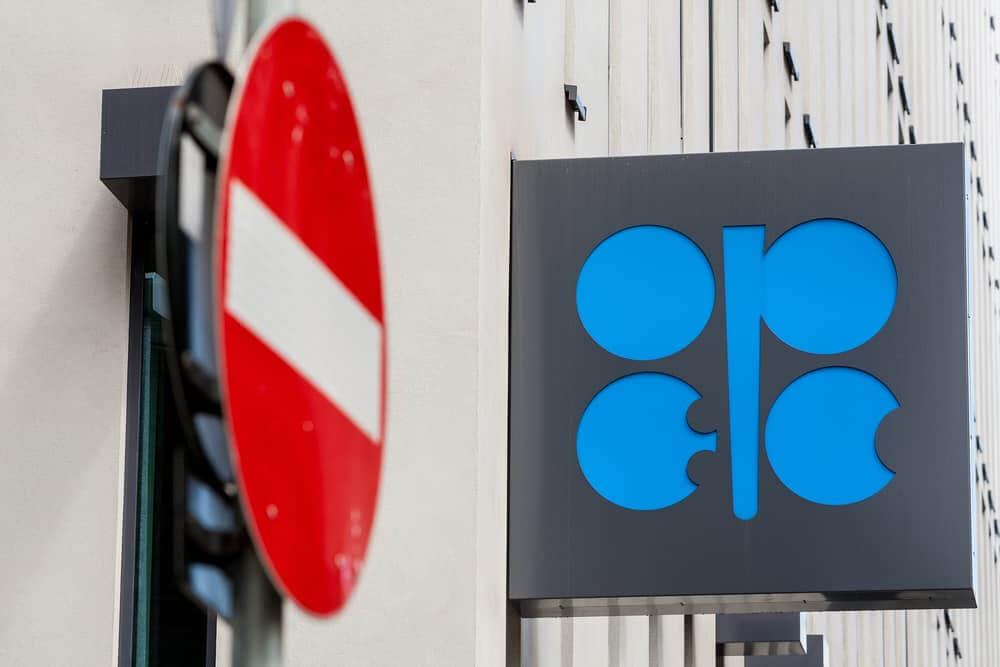
OPEC’s power was waning
The year before COVID-19, the United States became a net energy exporter for the first time since 1952, sending a clear message to the rest of the world. The message was that the country would not be reliant on foreign oil producers. But, with crude demand surging as the pandemic’s impact fades, that no longer appears to be the case.
OPEC+, which includes the Organization of Petroleum Exporting Countries and allies such as Russia, is flexing its muscles once more. The group’s refusal to respond to US President Joe Biden’s calls to increase output would have helped ease upward pressure on gasoline prices. This prompted the US and other major energy-consuming nations. Even as the energy transition accelerates, the episode demonstrates the group’s market power. Oil demand may peak soon if countries meet their net-zero emissions targets. However, OPEC producers and Russia quickly point out that it will not disappear entirely. According to the International Energy Agency, the world will still require 75 million barrels of oil per day by 2050, despite climate pledges made as recently as early October.
“This is unquestionably a period in which OPEC and the broader OPEC+ group are discovering that they have much influence over oil markets.”. When it comes to oil price dynamics, forecasting the future is difficult. Political or weather events can cause a boom or a massive drop. The pandemic heightens the uncertainty, particularly as scientists race to assess the Omicron variant. Witness the recent price drop of more than 20%. It has returned US oil futures to levels last seen in August.
OPEC’s moment
Omicron may once again put OPEC and Russia on the defensive. Analysts believe their influence will wane further over the next year as US producers regain ground. However, their strength may grow over time, especially as the climate crisis forces others to cut output. It would either happen due to financial backers’ pressure or in anticipation of a drop in demand.
OPEC+ will have another chance to show its clout on Thursday when it announces its latest policy decision. The group was reportedly considering postponing a planned increase in output for January in response to the US decision to release reserves.
With the coronavirus variant in the mix, this appears to be even more likely. Brent crude futures are trading near $71 per barrel, having dropped 16% in November. There’s even talk of cutting production again to avoid accidentally oversupplying the market and driving prices down.
On Wednesday, Iraq’s oil minister told its state news agency that OPEC would stick to its planned output increase of 400,000 barrels per day next month. In short, it’s unclear what the group will do at this juncture.
Lasting influence?
However, the unusual lag raises concerns about whether a more profound, more permanent shift is at work. Pressure on significant oil and gas companies in Europe and the United States to rethink their strategies in the face of the climate crisis is the effect. In a report released earlier this year, the IEA found that significant oil and gas companies plan to keep aggregate oil and gas spending flat in 2021. Their share of industry-wide expenditure on exploration and production is now 25%, down from nearly 40% in the mid-2010s.
Meanwhile, players such as Saudi Aramco are working to increase their production capacity to supply oil to markets as long as there is demand. She went on to say that underinvestment outside of OPEC, combined with newfound financial discipline among smaller shale producers, could have long-term consequences.
Suppose countries meet all of their announced climate pledges. In that case, OPEC and Russia’s share of oil production could rise from 47 percent in 2020 to 49 percent in 2030.
-
Support
-
Platform
-
Spread
-
Trading Instrument




